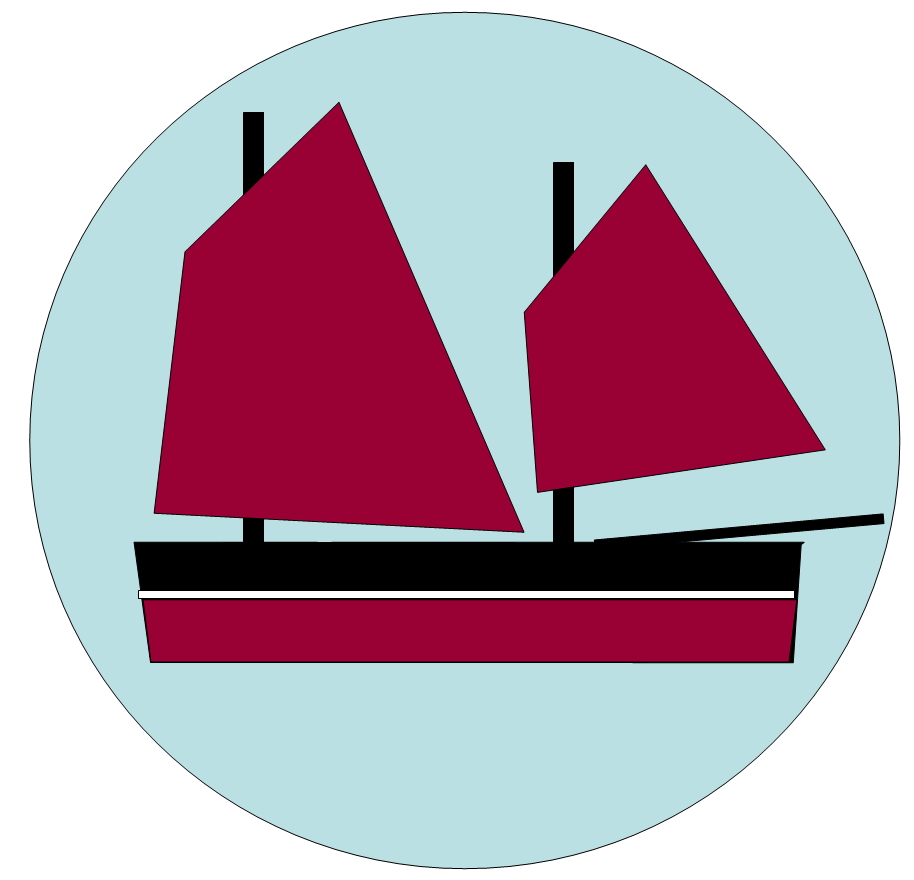-
Posts
847 -
Joined
-
Last visited
Profile Information
-
Location
Scotland
Recent Profile Visitors
The recent visitors block is disabled and is not being shown to other users.
-
 Rik Thistle reacted to a post in a topic:
Image Usage Rights -- Be Forewarned!
Rik Thistle reacted to a post in a topic:
Image Usage Rights -- Be Forewarned!
-
 Rik Thistle reacted to a post in a topic:
Image Usage Rights -- Be Forewarned!
Rik Thistle reacted to a post in a topic:
Image Usage Rights -- Be Forewarned!
-
 Rik Thistle reacted to a post in a topic:
Chaconia by Javelin - 1/100 - RADIO - LPG Tanker
Rik Thistle reacted to a post in a topic:
Chaconia by Javelin - 1/100 - RADIO - LPG Tanker
-
 Rik Thistle reacted to a post in a topic:
Pomeranian Rahschlup 1846 by wefalck – 1/160 scale – single-masted Baltic trading vessel
Rik Thistle reacted to a post in a topic:
Pomeranian Rahschlup 1846 by wefalck – 1/160 scale – single-masted Baltic trading vessel
-
 BLACK VIKING reacted to a post in a topic:
Ship paintings
BLACK VIKING reacted to a post in a topic:
Ship paintings
-
 Meriadoc Brandybuck reacted to a post in a topic:
Ship paintings
Meriadoc Brandybuck reacted to a post in a topic:
Ship paintings
-
 Jack12477 reacted to a post in a topic:
Ship paintings
Jack12477 reacted to a post in a topic:
Ship paintings
-
 druxey reacted to a post in a topic:
Ship paintings
druxey reacted to a post in a topic:
Ship paintings
-
 JpR62 reacted to a post in a topic:
Ship paintings
JpR62 reacted to a post in a topic:
Ship paintings
-
 hollowneck reacted to a post in a topic:
Ship paintings
hollowneck reacted to a post in a topic:
Ship paintings
-
 AJohnson reacted to a post in a topic:
Ship paintings
AJohnson reacted to a post in a topic:
Ship paintings
-
Andrew, Sorry to hear that news about Vegaskip. His MSW contributions were really quite a joy to look at and imagine how he came to understand the scene he was painting. Richard
-
 Rik Thistle reacted to a post in a topic:
Ship paintings
Rik Thistle reacted to a post in a topic:
Ship paintings
-
Eric, I think the narrower painted lines look neater and less obtrusive, but probably more time consuming to make. Tape will be much quicker to lay down, but could also start to curl up at the edges. Also, would grey paint/tape draw the eye away less? The electrical snippers give everthing scale....I didn't realise the scenery was smaller than I thought....very impressive. Richard
-
Threshing machines in Europe were designed to output into sacks. That rings a bell. I think a tractor and trailer* then carried the sacks from the thresher to the drying building. And then I can sorta recall the labourers taking the sacks on their backs up the stairs to the drying floor where the grain was then spread out. I now do remember there being neat piles of sacks stored in that building. Sacks played a big part in farm life. Richard *Again my memory is a bit fuzzy. Threshing was carried out near the farm buildings so it is possible there was no need for tractor/trailer - rather the labourers walked the short distance to the building with the sacks on their back, or perhaps used a sack trolley - I do remember there being a few sack trolleys about the farm.
-
Eric, On my Dad's farm (late 1950s/early 1960s) I vaguely remember the grain from the fields being lifted up* in to the first floor (UK terminology) drying loft of one of the large farm buildings where it was then spread out on the wooden floor. Rats and mice were always a problem hence plenty of farm cats. Once the grain was dry, it was then put in to sacks and slid down a short wooden slide fitted to the bottom of one of the first floor 'doors' onto the trailer positioned underneath where the sacks were stacked up. *I can't recall how the grain was first lifted up to the drying floor.... racking my memory but nothing yet. As Egilman says, a bucket chain lift could have been used but I don't recall seeing that. I know later in the farm's history there was a Lister bale/sack elevator used for moving heavy items up (and down?). Perhaps something like what is depicted here was used in the earlier days....https://www.alamy.com/stock-photo/straw-elevator.html?sortBy=relevant .... but handling loose grain would still need some kind of container to carry it up there. Maybe the workers carried grain filled containers on their back up the stairs. Richard PS: Page 37.... https://wshc.org.uk/wp-content/uploads/2012/08/Wilts-Farmsteads-Char-Statement-2017pt3-504.pdf seems to imply that, in the UK, in the 18th/19th century the grain was lifted up in sacks.
-
I gather life-vests would prevent the rowers in the water to duck through the surf, but on the other hand being knocked unconscious could be fatal. Yes, good point. I can see that that a life-vest would be a bit cumbersome and a hindrance in certain situations. Mark mentioned that jet-skis were used to quickly get to trouble spots. Those things are quick but every second does count. Still, a very interesting competitive sport that I wasn't aware existed. I'll keep my eye out for it in the future. Richard
-
Mark, It's pretty common for 30-40% of the boats to not finish a race & sometimes worse. I can believe it! The sport looks very challenging but must give an enormous buzz to the participants. I can see it is also a great spectacle so am surprised none of the international TV companies have picked it up, or have they? Richard PS: No life vests, but I suppose everyone out there can swim like a fish 😉
-
All over Europe, threshing contractors were going around from farm to farm (as were ploughing contractors), as buying threshers (or steam-ploughing sets) would not be economical for individual farms. Yes, certainly in Scotland the farms tend to be quite small compared to the USA, say. There are sheep farms in the Scottish borders at about 2,000 acres but usually farms are much smaller. There is a tendency now to merge farms (and remove hedgerows) to improve efficiency, but I suspect the large capital equipment is still hired in. In England, Harry's Farm (https://www.youtube.com/channel/UCFNRLTPU9263dTOYgrVcnHw/videos ) has it own combine harvester but Harry (like Clarkson) has other revenue streams. Anyway, RGL, thank you for doing this impressive build...it looks superb and has rekindled some very old and fond memories. Richard Edit: From Wiki.... https://en.wikipedia.org/wiki/Combine_harvester History - In 1826 in Scotland, the inventor Reverend Patrick Bell designed a reaper machine, which used the scissors principle of plant cutting (a principle that is used to this day). The Bell machine was pushed by horses. A few Bell machines were available in the United States. In 1835, in the United States, Hiram Moore built and patented the first combine harvester, which was capable of reaping, threshing and winnowing cereal grain. Early versions were pulled by horse, mule or ox teams. --------- A parallel development in Australia saw the development of the stripper based on the Gallic stripper, by John Ridley and others in South Australia by 1843. I didn't know any of that....I learn something new every day 😉 I remember we still had a couple of Clydesdale horses on the farm but they were in well deserved retirement. Powerful, friendly animals.
-
Jackson, Another aspect to modelling, which is a very absorbing hobby, is the ability to discuss/share projects with others eg this forum. I think the 'internet' has added a whole new dimension to the matter as one is now able to retain the individualism of the build whilst immediately discussing it with many others from many lands. Richard
About us
Modelshipworld - Advancing Ship Modeling through Research
SSL Secured
Your security is important for us so this Website is SSL-Secured
NRG Mailing Address
Nautical Research Guild
237 South Lincoln Street
Westmont IL, 60559-1917
Model Ship World ® and the MSW logo are Registered Trademarks, and belong to the Nautical Research Guild (United States Patent and Trademark Office: No. 6,929,264 & No. 6,929,274, registered Dec. 20, 2022)
Helpful Links
About the NRG
If you enjoy building ship models that are historically accurate as well as beautiful, then The Nautical Research Guild (NRG) is just right for you.
The Guild is a non-profit educational organization whose mission is to “Advance Ship Modeling Through Research”. We provide support to our members in their efforts to raise the quality of their model ships.
The Nautical Research Guild has published our world-renowned quarterly magazine, The Nautical Research Journal, since 1955. The pages of the Journal are full of articles by accomplished ship modelers who show you how they create those exquisite details on their models, and by maritime historians who show you the correct details to build. The Journal is available in both print and digital editions. Go to the NRG web site (www.thenrg.org) to download a complimentary digital copy of the Journal. The NRG also publishes plan sets, books and compilations of back issues of the Journal and the former Ships in Scale and Model Ship Builder magazines.



